At 7am, the lotus pond at the foot of Hang Mua was bustling with people and flowers. Some wore traditional ao dai, others wore flowing red yếm, their heads tilted under conical hats.
Previously, tourists came to Hang Mua (Ninh Binh) mainly to admire Ngoa Long mountain and visit the temple, but in recent years, when the lotus ponds began to bloom pink, this tourist destination has become more attractive, creating unique experiences for visitors. Every day during the peak season, this place welcomes from 1,500 to 2,000 visitors.
Few people expected that before being covered with lotus flowers, this place was just low-lying rice fields, growing rice all year round, with uncertain gains and losses depending on the season.
The transformation began when scientists from the Vegetable Research Institute collaborated with the government and farmers to build a model for growing lotus plants associated with local processing and tourism.
In 2019, the Vegetable Research Institute advised Hoa Lu district (old) to convert 5 hectares of abandoned low-lying fields to lotus cultivation according to the value chain associated with tourism. The district supported seed costs; the institute transferred technology; enterprises guaranteed output...
The research team selected 5 most promising lotus varieties and conducted testing on an area of 4,000m² for each variety right in Ninh Binh .
Experimental plots are closely monitored for growth, yield, product quality (flowers, seeds, tubers, etc.) and market acceptance.
At the same time, the group built a technical process for breeding (by seeds and seedlings) for promising lotus varieties suitable for Ninh Binh's soil conditions. After initially identifying the best lotus varieties, from the beginning of 2022, the project moved to the stage of building a production model according to the value chain - that is, linking raw material production with processing and consumption of lotus products.
“Is anyone home?”, a voice called out in front of an old gate in Ninh Thang commune (Ninh Binh).
Le Thanh Huyen (born in 1991) remembers clearly the first days when she and the research team and officers of Ninh Thang Clean Agriculture Cooperative went to each household to discuss the issue of converting farming.
This young woman has 13 years of experience in the high-end service industry, at large hotel groups. She has no background in agriculture.
However, daily contact with the research process of her mother-in-law, MSc. Nguyen Thi Lien (a member of the research team), gradually made the 9X girl more attached to the lotus plant. She is also one of the pioneers in connecting scientists with local people.
According to Huyen, many people who have spent their whole lives growing rice do not easily accept a new variety that has never been tested locally.
“I have lived on this land for half my life, and I never thought that one day the rice fields would give way to lotus ponds. If it cannot survive, what will the people do?”, she recounted what a household said when she approached them for advocacy.
Faced with the concerns of the people, the group patiently presented each technical basis: from the topographic map of the lowland area, cost analysis chart, to images of lotus growing models that have been successfully implemented in areas with similar conditions.
The group gradually removed the people's inherent skepticism. Each household heard from the other, and the older one passed on the news to the younger one. Some households agreed to cede their land during the trial period, on the condition that they would be monitored and updated on actual results.
When the first area was agreed upon for handover, the technical team measured, treated the field surface, improved drainage and prepared the land according to high-tech agricultural standards. The fields that were once abandoned because they were no longer suitable for rice cultivation were now re-planned into the commune's first lotus testing area.
Thanks to the methodical investment, after only one crop, Ninh Thang lotus pond has given good results on the initial 3 hectares, creating momentum to expand to 15 hectares and build lotus tourism infrastructure.
With the technique of growing lotus in alternating seasons (many lotus varieties bloom one after another), the flowering season here lasts until November, turning many lotus ponds here into famous "check-in" spots, helping people harvest lotus almost all year round.
Not only for tourism, lotus in Ninh Thang is also developed into a commodity according to the value chain.
Directly participating in the survey and research on deep processing methods to enhance the value of lotus, Thanh Huyen analyzed: “I surveyed lotus products in both domestic and international markets. The results showed that Vietnam has a large source of raw materials, but the lotus value chain is still fragmented and lacks a systematic development orientation.”
With experience in the service and tourism sector, the young girl has been developing an ecosystem of products from lotus plants.
“Dong Thap is too strong in lotus roots, Hue has also done very well in lotus seeds, so we don't do things that they do better than us.
I chose to start from the forgotten parts of the lotus plant such as the leaves, calyx, and stem. From there, I made lotus leaf tea, took silk from the lotus stem, and then used the lotus stem and calyx after separating the seeds to make handmade paper. I want no part of the lotus plant to be wasted,” the 9X girl affirmed.
Currently, Huyen and members of Ninh Thang Clean Agriculture Cooperative develop 5 main product lines from lotus:
- The accommodation model is designed with inspiration from lotus.
- Develop dishes combining lotus and local ingredients.
- Tea, cakes and tourist gift products from lotus.
- Handicrafts made from lotus.
- Space to experience living lotus and preserve precious lotus varieties.
From the lowland at the foot of Ngoa Long mountain, the journey of the national flower continues to expand.
Less than 70km to the northeast, Thai Binh (old) - the famous "rice homeland" also witnessed a transformation. The low-lying rice fields in Van Dai village, Hong Minh commune, which used to be flooded all year round, have now begun to bloom.
The lotus field is currently the cultivated land of more than 50 households, previously only able to grow one rice crop.
Rice cultivation on low-lying, acid sulfate soil is a gamble with nature: in the dry season the soil cracks, in the rainy season the fields are flooded, and the rice has just taken root but is already plagued by flooding and pests.
“This land was originally a low-lying rice field in Van Dai village, heavily contaminated with alum, making farming ineffective. During the rainy season, when the rice has just bloomed and is waiting to be harvested, just one heavy rain can flood the fields, causing people to lose the entire crop for many years.
Income is therefore very unstable, and the lives of households with fields here are often in need. This not only affects the overall agricultural output of the village but also creates a sense of apprehension when being assigned to cultivate these fields.
Many households abandoned their land because they were afraid of "working but not being able to eat", Mr. Tran Minh Tuan - Party Secretary, Chairman of the People's Council of Hong Minh commune shared.
That situation repeated itself for many years, deeply imprinted in the people’s memories. Over time, it became a popular poem, a reminder of a generation that struggled with the rain and sun, earning their living, but hunger still lurked after each harvest season:
"The storm has come and the rice is golden in color"
Water rose white on the fields, oh fields
Mother went to glean rice in the sky
The stork loves its mother and never leaves our fields.
Father does not manage the fields
Going to plow early in the morning, eyes blurred by night dew…”
Unlike rice, lotus is an aquatic plant. The more water it has, the more it grows. Heavy rains are no longer a concern, but become ideal conditions for the plant to take root, spread its leaves, and bloom.
With the professional support of the Fruit and Vegetable Research Institute, Van Dai Lotus Cooperative quickly planned and successfully converted more than 5 hectares of rice fields to lotus cultivation. This process is not only a change in plant varieties, but also a major step forward in the application of biotechnology and agricultural management.
From people who were only used to plowing rice seasonally, people are now gradually getting acquainted with modern farming techniques under the close guidance of scientists.
The thinking of selecting varieties is also approached in a modern way with clear purposes: varieties for flowers to make tea, varieties specializing in shoots, varieties for tubers, varieties for high grain yield, ornamental varieties and varieties for leaves to make medicinal drinks.
On the vast lowland fields, more than 80 varieties and 200 lotus lines are being propagated and monitored in the field as a living genetic bank in the middle of the plain.
Among them, the most prominent are two endemic lotus varieties: SH01 and SH02, developed from native gene sources.
These lotus varieties not only meet the requirements for growing on weak soil, but also demonstrate good resistance to weather fluctuations, especially maintaining stable growth in cold conditions in early winter - the period when most traditional lotus varieties have stopped growing.
Besides biological adaptability, SH01 and SH02 are also highly appreciated for their comprehensive economic value: high yield of flowers, seeds and shoots; good fruit set rate; and suitable for tea production, functional foods, as well as ecotourism development.
Currently, these two varieties are being put into production by the Cooperative in the direction of scale, moving towards standardizing technical processes, creating the premise for building a chain of high-quality lotus products.
According to Associate Professor, Dr. Dang Van Dong - Deputy Director of the Fruit and Vegetable Research Institute, with the combination of 3 houses: scientists - farmers - businesses, advanced lotus growing models are being flexibly applied by many localities according to their own characteristics. Not only beautifying the land, lotus fields also help people escape poverty and become rich.
In Hung Yen, the land famous for longan, now also impresses with its vast lotus fields on the outskirts of the city. At the end of 2022, the province will implement a project to introduce high-quality lotus varieties (Tay Ho lotus, Mat Bang lotus, Oga lotus, Kanasumi lotus from Japan) to grow on low-lying land in Hung Yen city (old), combining the construction of a production value chain and lotus experience tourism.
After just over a year, the flooded rice fields in Hong Nam and Tan Hung communes (old) have "changed their clothes" with brilliant lotus colors, cared for according to scientific processes. In particular, Hung Yen has developed the product "longan hugging lotus" - a delicate combination of the sweet and chewy taste of longan and the fragrant lotus seeds, elevating the value of two precious products.
In Hai Duong, the lotus model is combined with ecological conservation at Chi Lang Nam Stork Island - a famous tourist area with tens of thousands of storks and herons, both attracting tourists and preserving nature.
Thanks to lotus, many abandoned low-lying fields just a few hundred meters from Co Island have now become lotus ponds that attract tourists and generate an income of about 2 million VND/sao, 3 times higher than rice cultivation.
Nghe An is also building a raw material area associated with the model of “Uncle Ho’s hometown lotus”. The Kim Lien commune government determined that lotus not only increases income but also creates a green, clean and beautiful landscape of “Uncle Ho’s hometown lotus village”, contributing to preserving the traditional culture of the homeland.
In Hue, waterlogged lotus varieties are being tested to adapt to flood conditions. Lotus products from the ancient capital such as Tinh Tam Lake lotus seeds (a famous specialty for its distinct fatty flavor), royal lotus tea, lotus rice, lotus seed tea, lotus essential oil, etc. have contributed to building the Hue gift brand that is loved by tourists.
When mentioning lotus, we cannot ignore Dong Thap - the place known as the "lotus capital" of Vietnam. The verse "Thap Muoi has the most beautiful lotus" is even more true now that lotus has become one of the five main agricultural products of the province.
Dong Thap currently has about 1,800 hectares of lotus. The Dong Thap lotus value chain is developed towards a circular economy, green growth, making full use of by-products and minimizing costs.
In the low-lying fields that were once abandoned because of ineffective rice cultivation, lotus has now taken root. Not simply a new agricultural model, this is the beginning of a sustainable economic value chain, helping many households escape the situation of “selling their faces to the land, selling their backs to the sky”.
In Ninh Thang commune, not only lotus ponds have sprung up, but there are also solid, spacious houses of farmers who "dare to change", who once only hoped to have enough to eat and live.
According to Mr. Nguyen The Phong, former Director of Ninh Thang Clean Agriculture Cooperative, previously, people left this land fallow or only grew rice one crop.
Now, thanks to the lotus model, people have three main sources of income: wages for care, land rental and raw material sales. According to statistics from the cooperative, current income is 3-4 times higher than when growing rice.
Not only changing the crop structure, the lotus model also creates many new jobs.
“The workers here are divided into two groups. One is seasonal workers, wading in the ponds to catch bugs, weeding, and harvesting flowers.
Second, stable labor, long-term commitment to the enterprise, from planting, caring for, to processing lotus. Both groups have regular jobs, stable income, no longer worry about lack of work during lean seasons," Mr. Phong is proud of the changes in the land where he was born and raised thanks to lotus.
In the rice fields, the lotus model even exceeded initial expectations.
“The profit from growing lotus is 5-7 times higher than that from growing rice. Lotus not only produces flowers, tubers and shoots, but also fish from the pond, sightseeing tours and post-harvest processed products.
“One sao of lotus cultivation costs twice as much as rice cultivation, but the profits are much higher. Lotus can be harvested for up to 5 years after being planted once,” said Mr. Dang Van Ngoan, Deputy Director of Van Dai Lotus Cooperative.
Typically, with lotus varieties for tubers, after nearly 3 months from the date of planting, the plants begin to harvest tubers, with a yield of 9-10 tons of tubers/ha, with a selling price of 40-45,000 VND/kg, on average each hectare of lotus for tubers brings in an income of 360 to 400 million VND.
Not only raw products, but also processed products such as lotus tea, lotus milk, lotus wine, lotus shoots, salted lotus roots, etc. have been processed and supplied to markets inside and outside the province by members of the Van Dai Lotus Cooperative, and are known to many tourists.
In particular, the cooperative has exported 2 tons of lotus roots to Japan, this is the first step for the cooperative's plan to export lotus to foreign markets in the future.
From initial doubts, people began to proactively change. They directly proposed cooperation, asked for seeds, learned technical processes to expand production scale. Many households also separated areas to grow lotus in an autonomous direction, combining tourism with selling raw materials to the cooperative.
Thanks to the application of science and the desire for change of the pioneers, lotus plants now not only thrive on acid sulfate soil and low-lying land, but also open up a stable and sustainable livelihood for the people. The once forgotten countryside is gradually flourishing, "changing its appearance" every day.
And that journey continues. As each new lotus blooms, another dream takes root, carrying with it a new hope, as simple and enduring as the people who planted the flowers.
Final episode: Vietnamese brainpower helps lotus grow and enter the million-dollar value chain
Content: Minh Nhat, Hai Yen
Photo: Thanh Dong, Minh Nhat
Design: Huy Pham
08/18/2025 - 06:59
Source: https://dantri.com.vn/khoa-hoc/hoa-sen-vuon-minh-giua-dat-can-de-nhung-mien-que-viet-them-nha-lau-xe-hoi-20250813171126140.htm


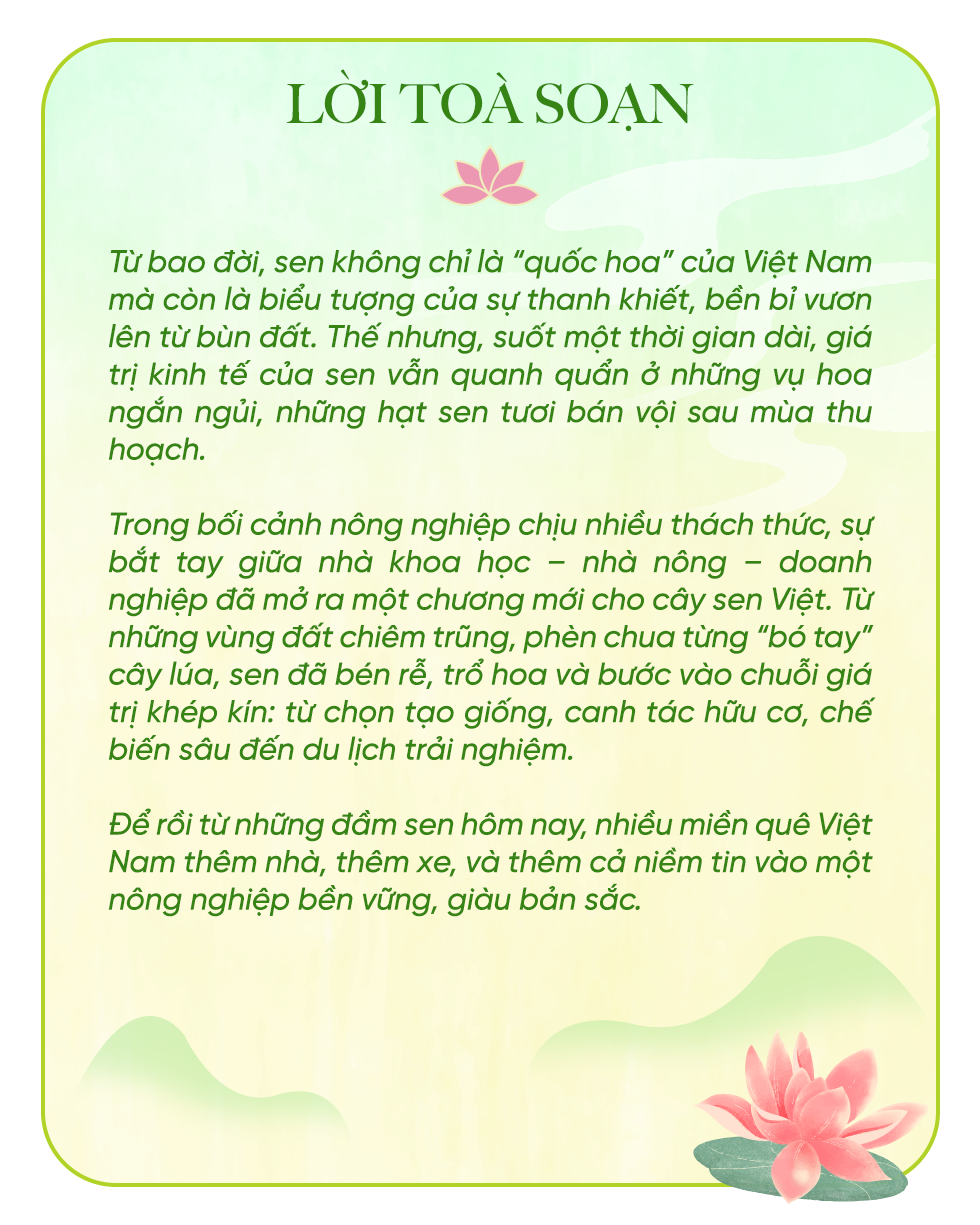

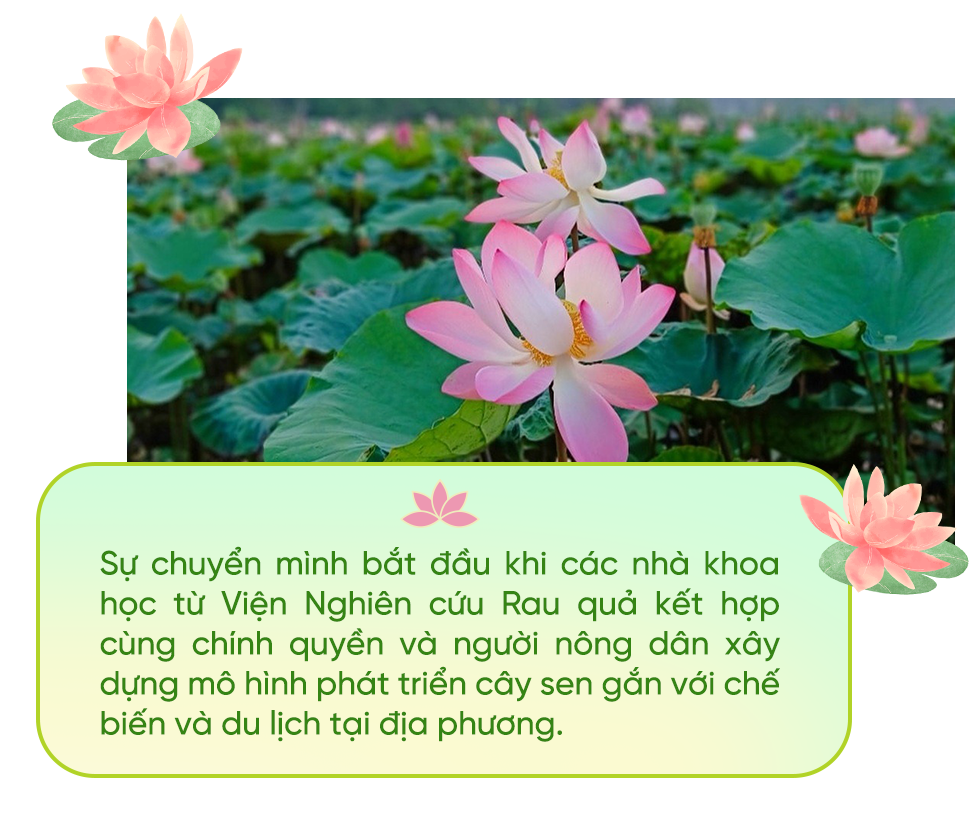

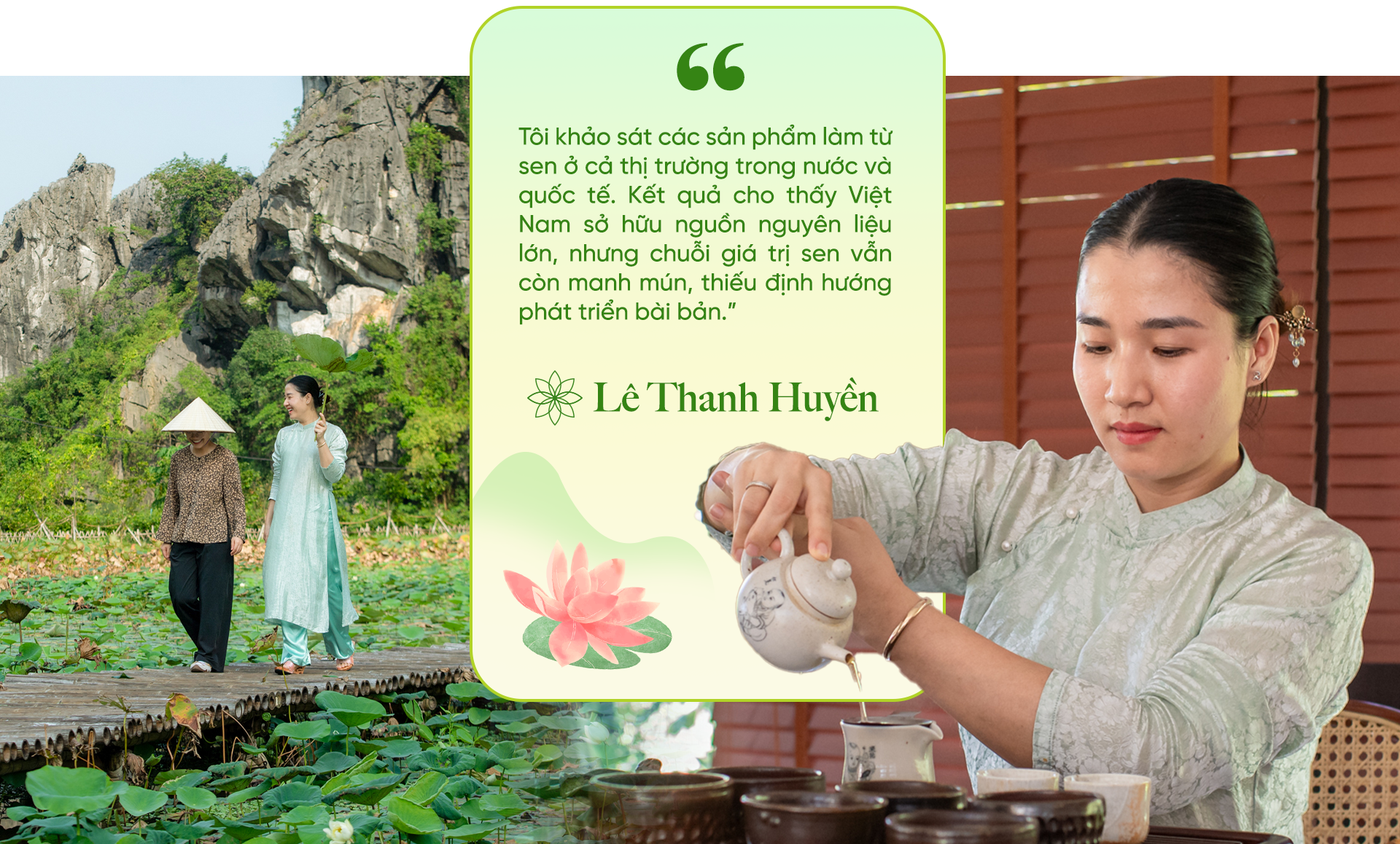

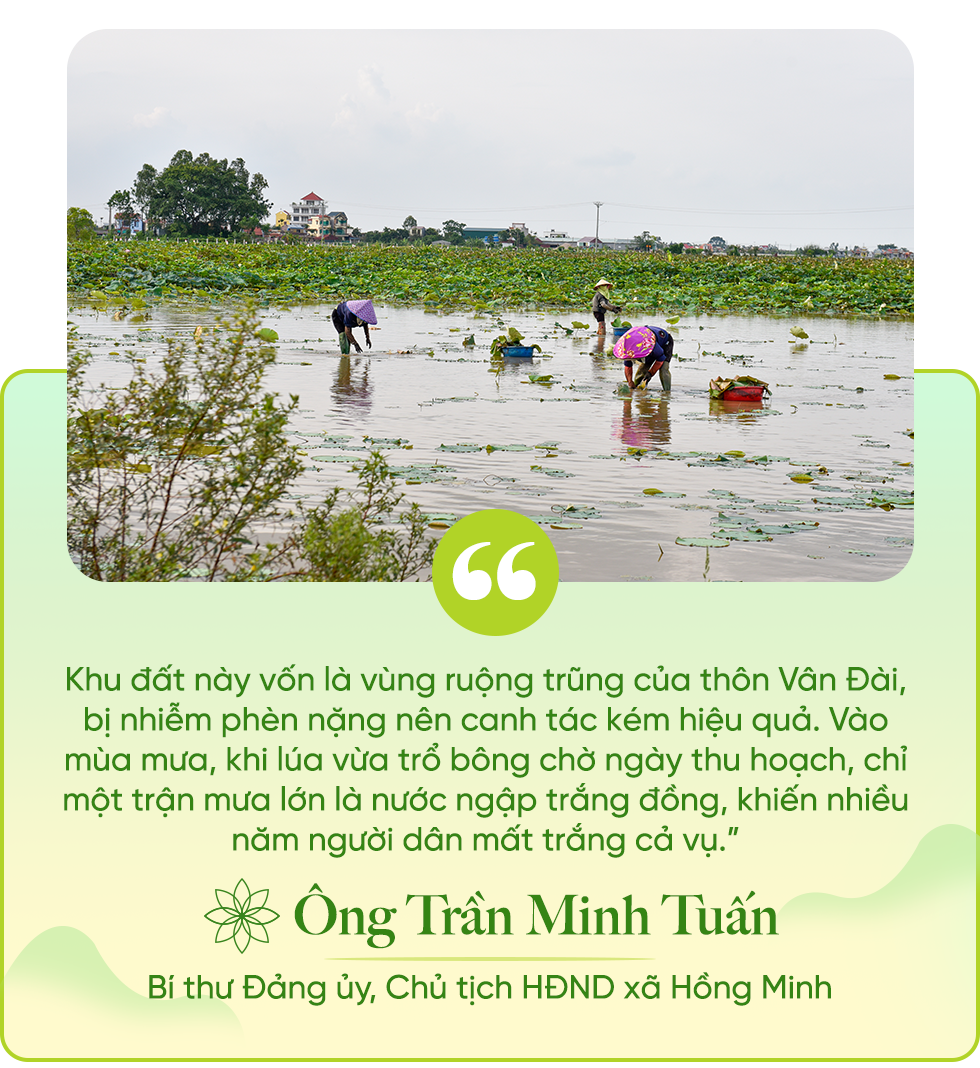

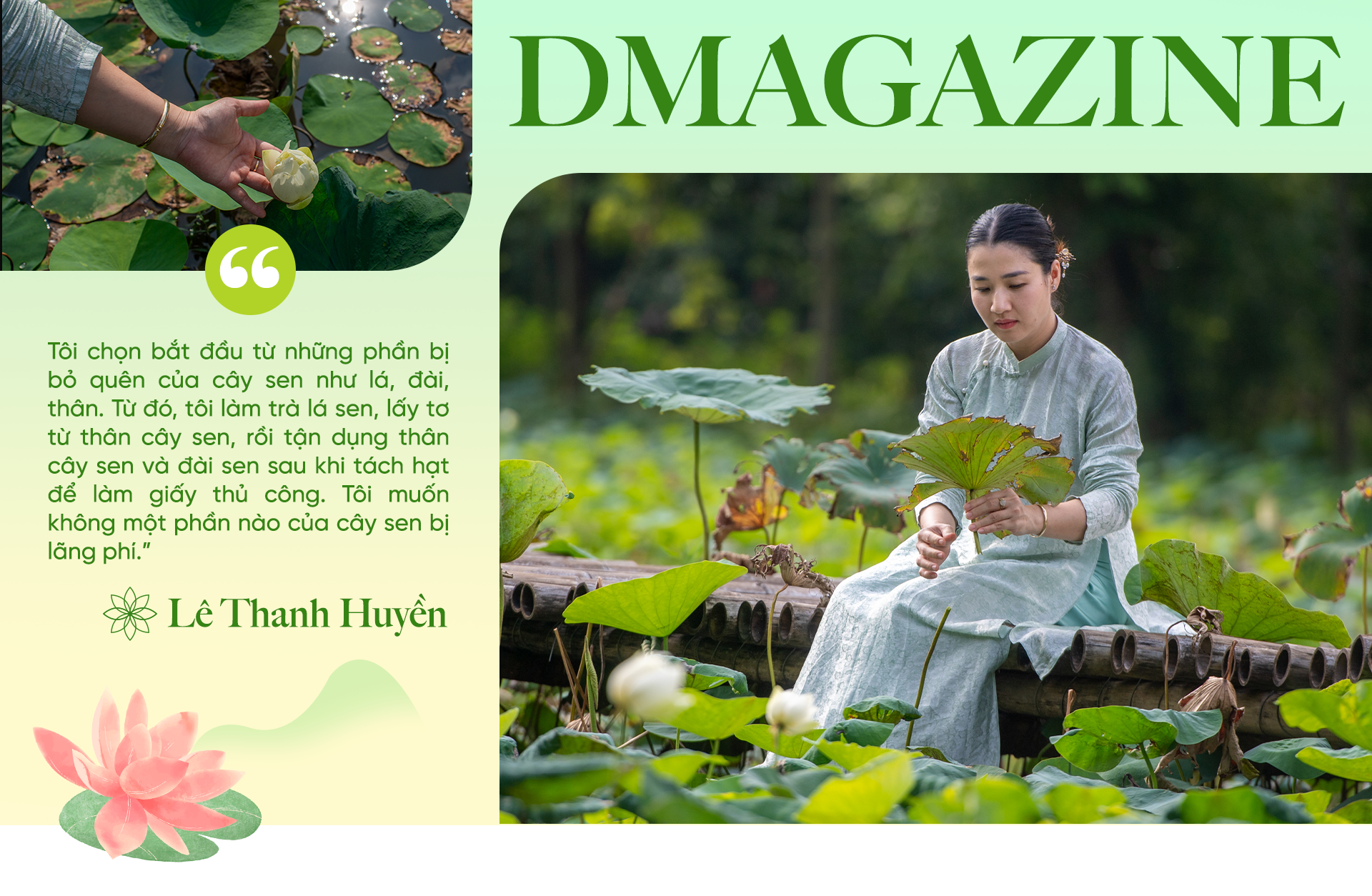

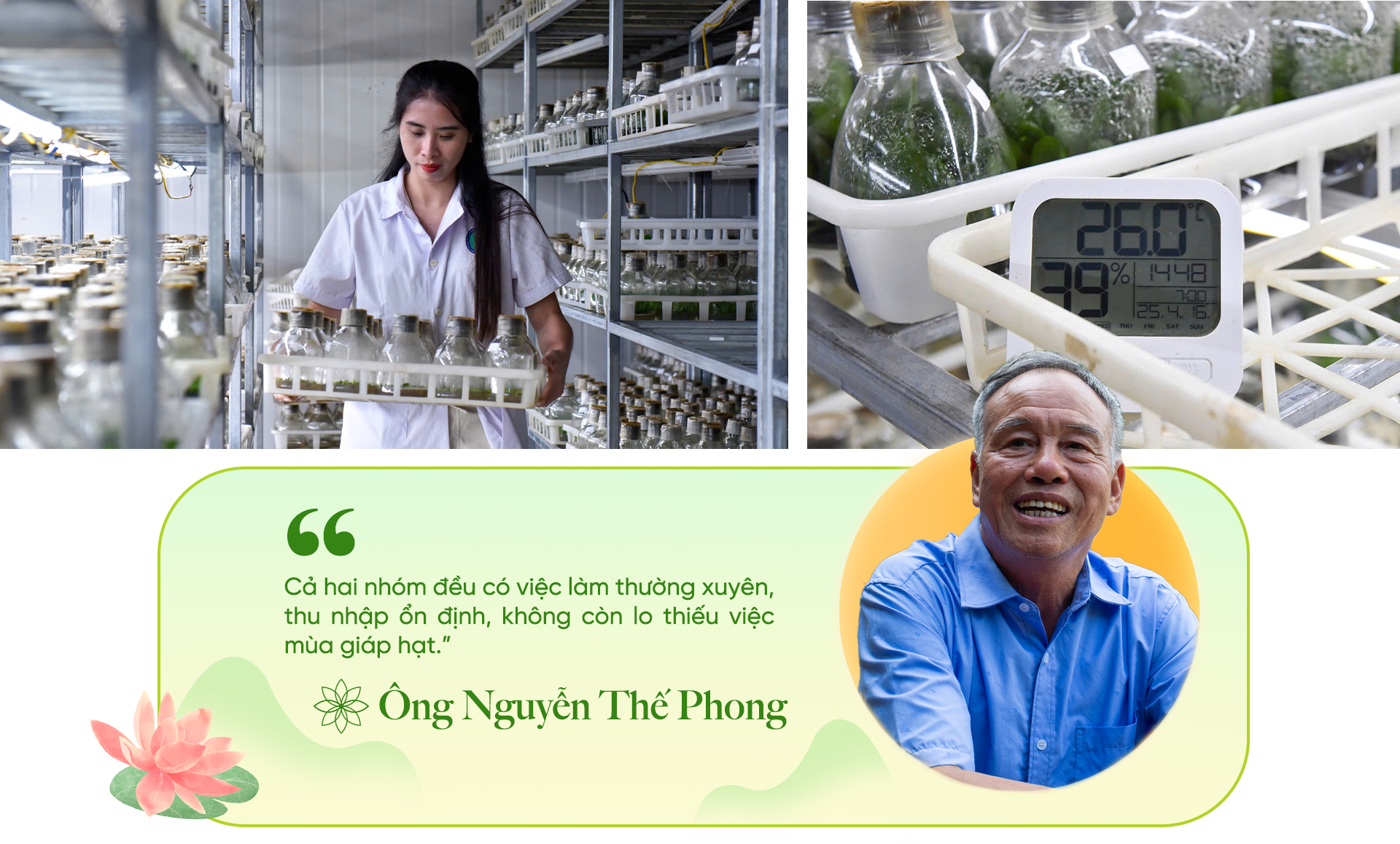
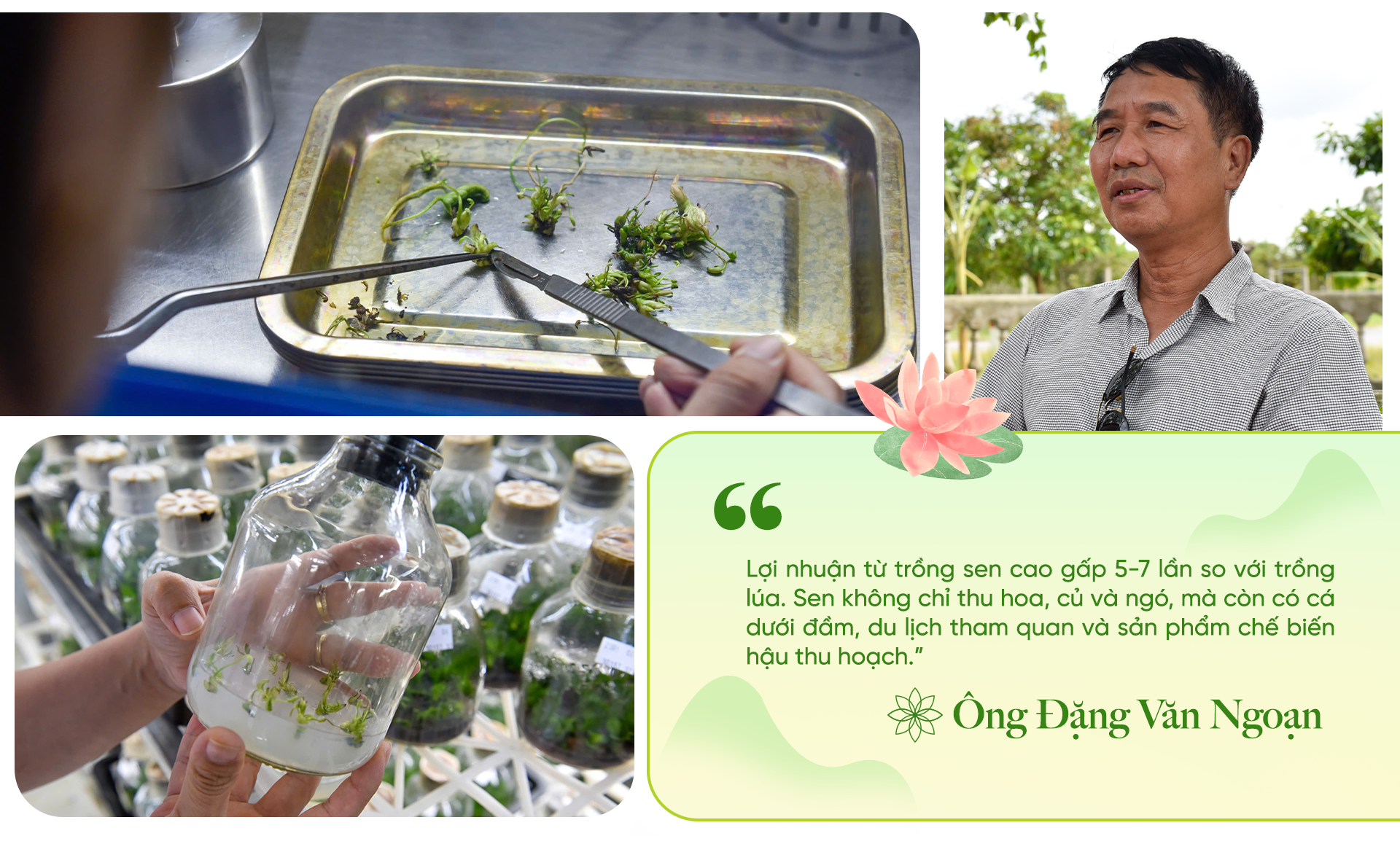
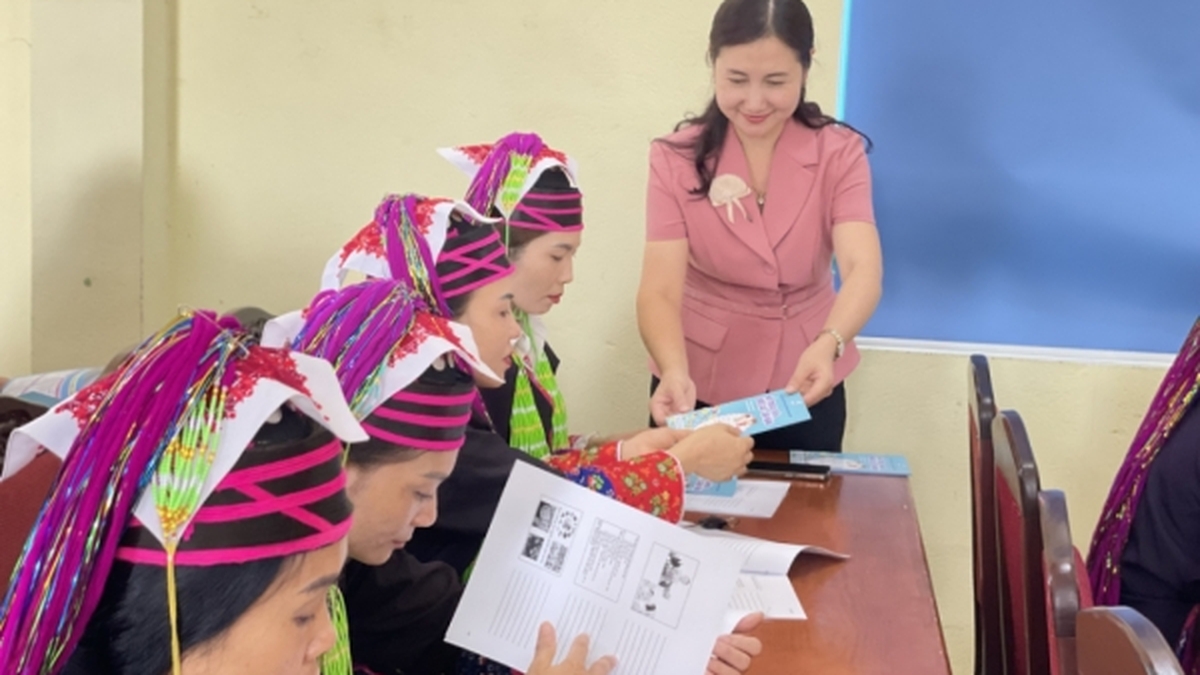
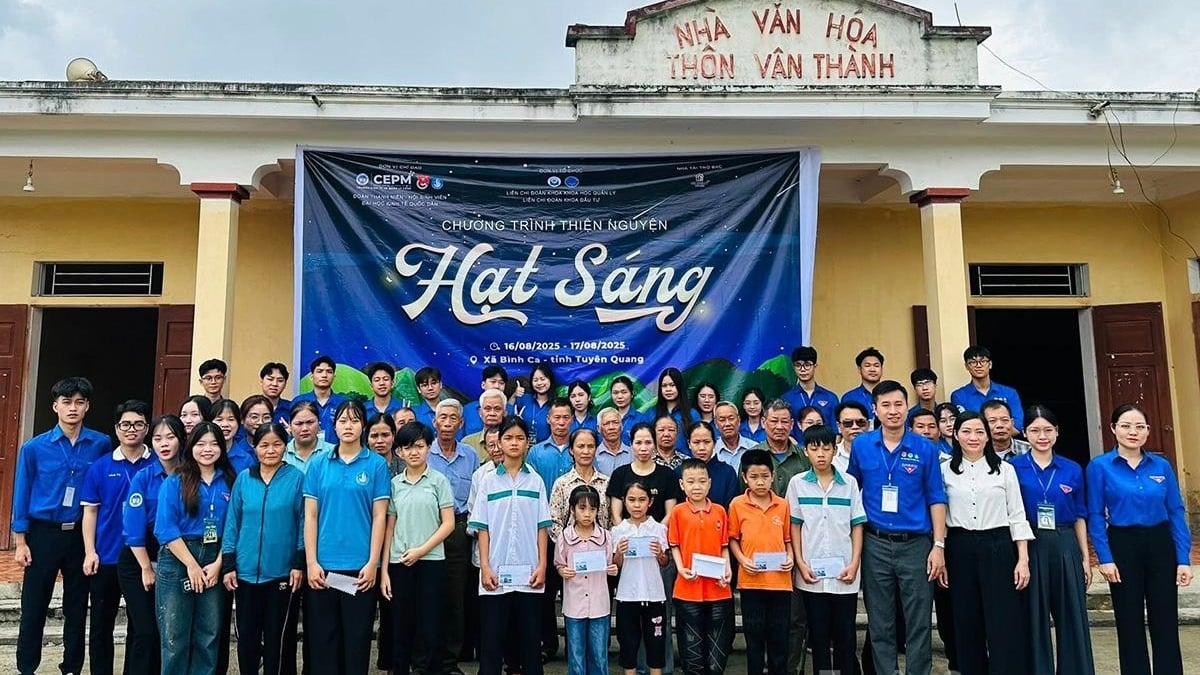
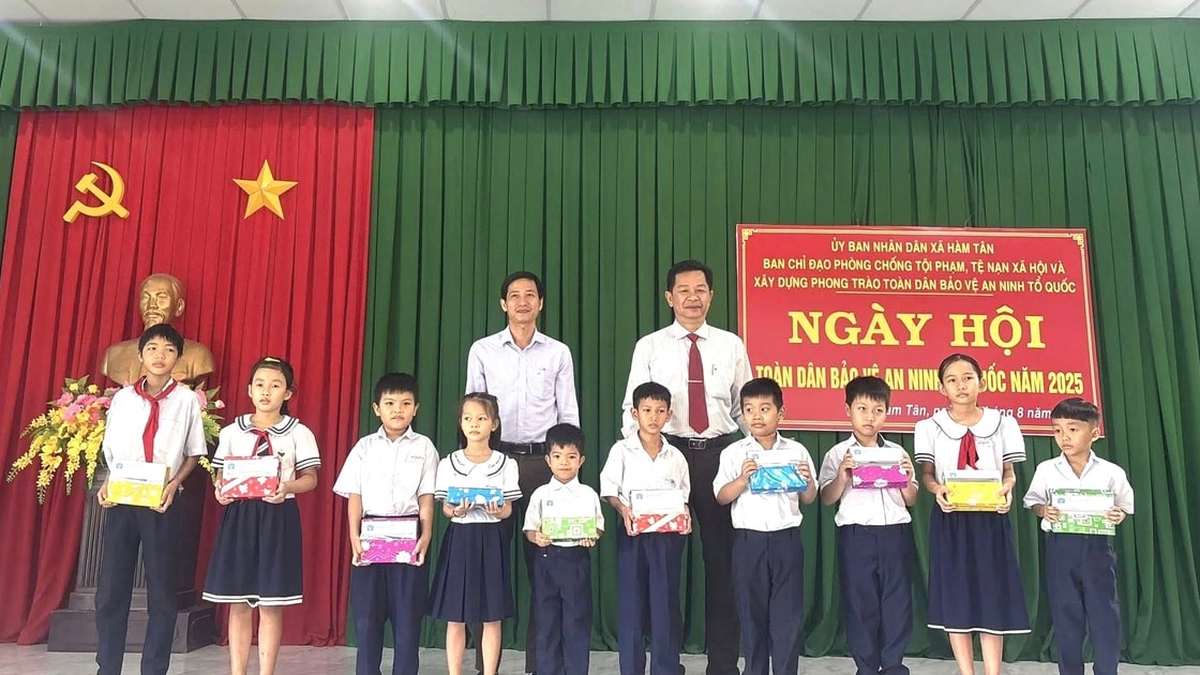
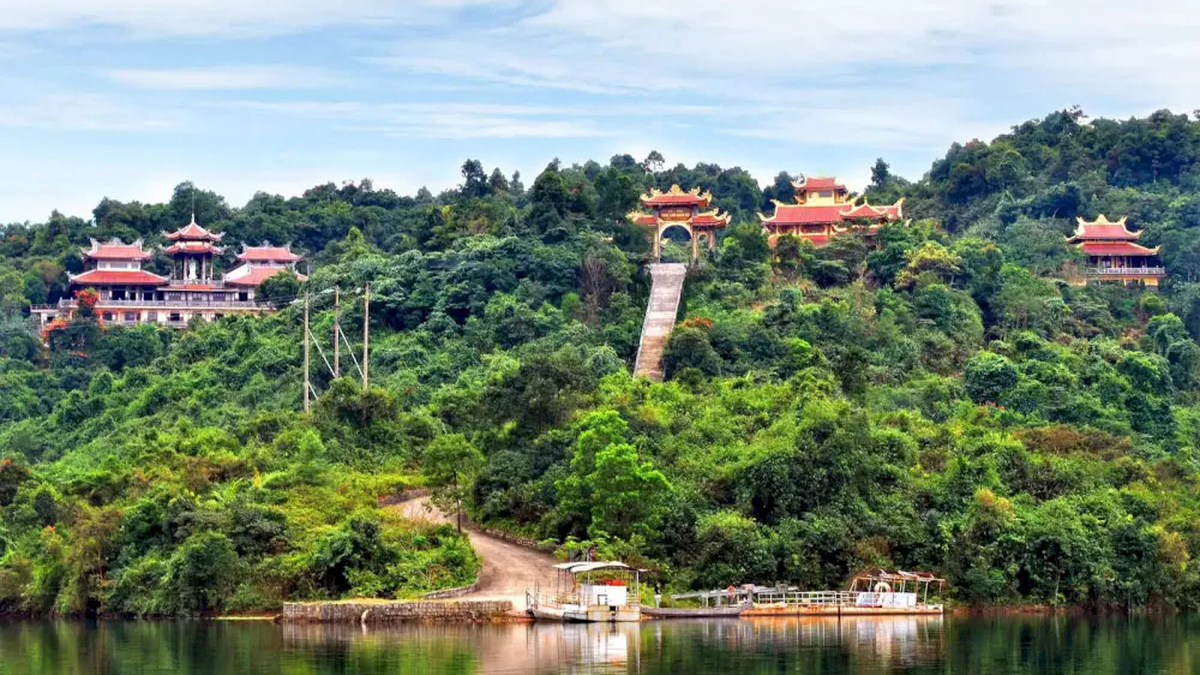
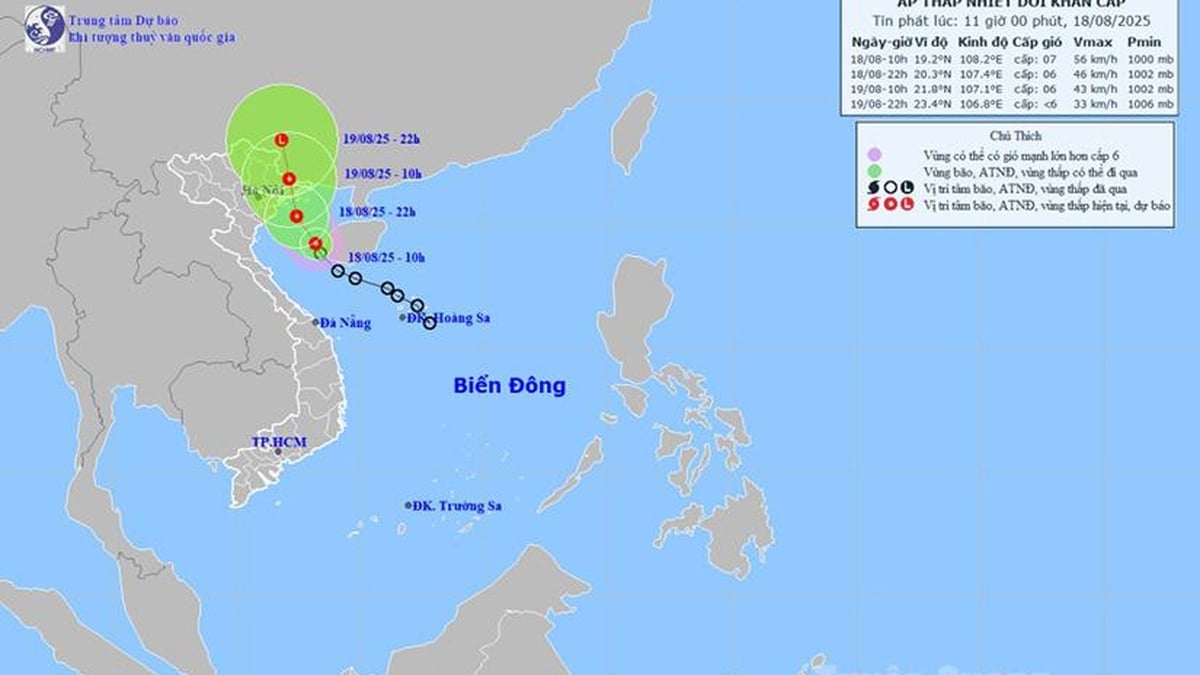
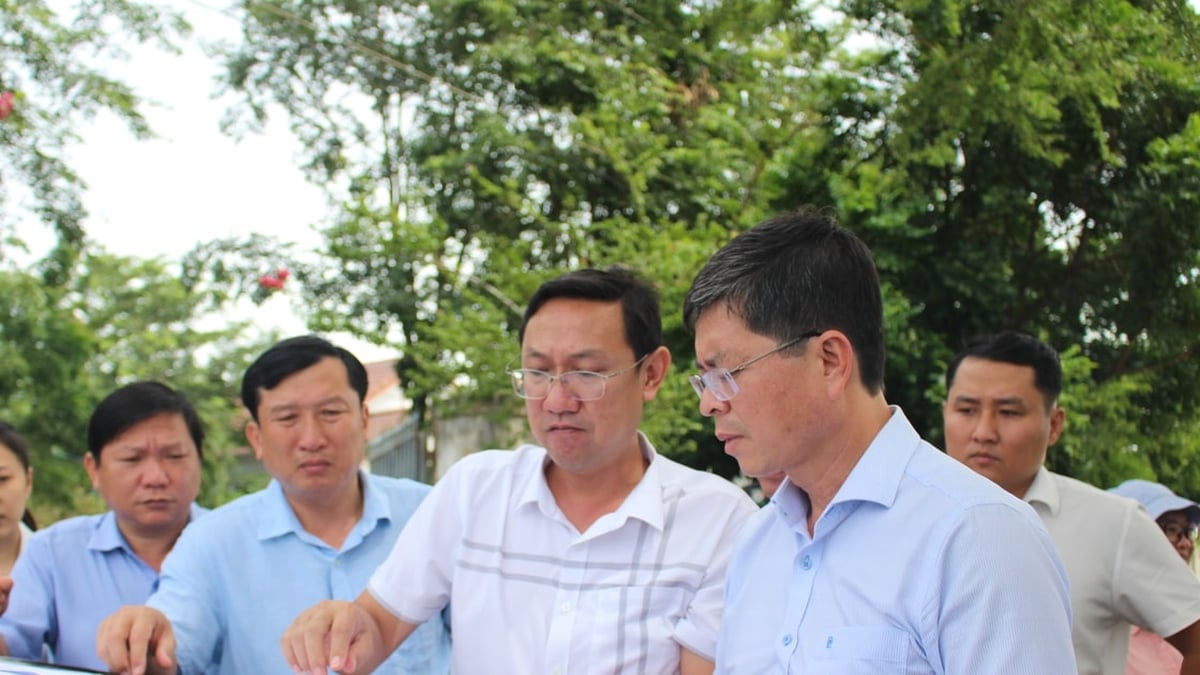
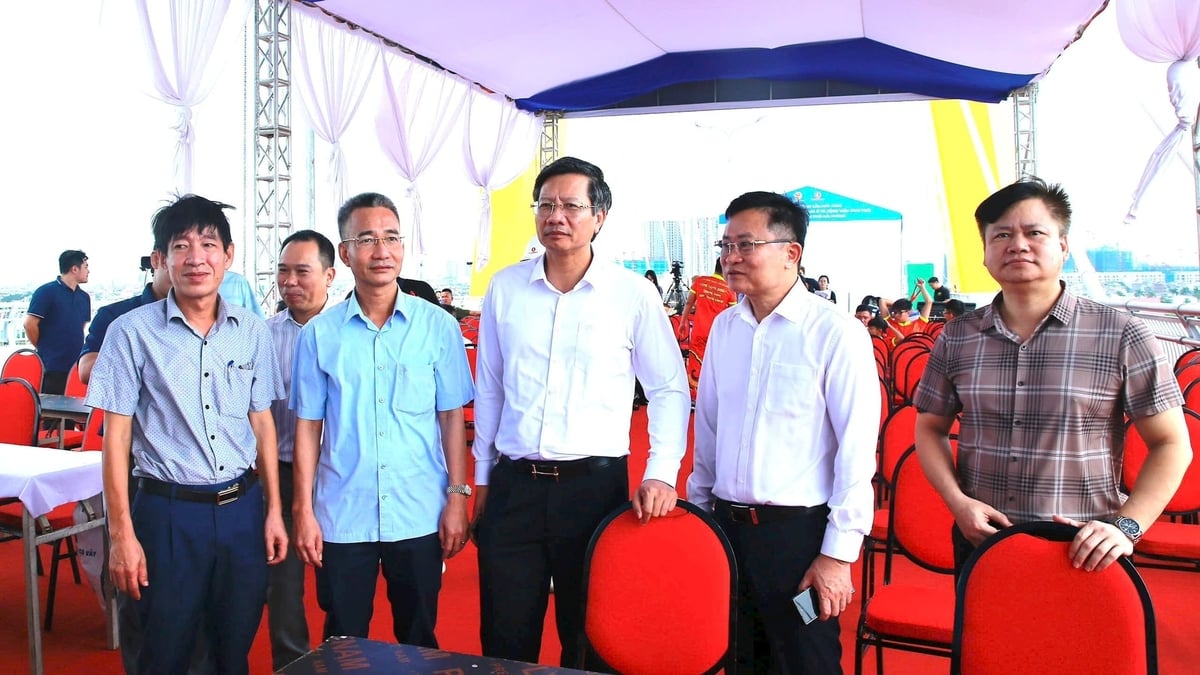

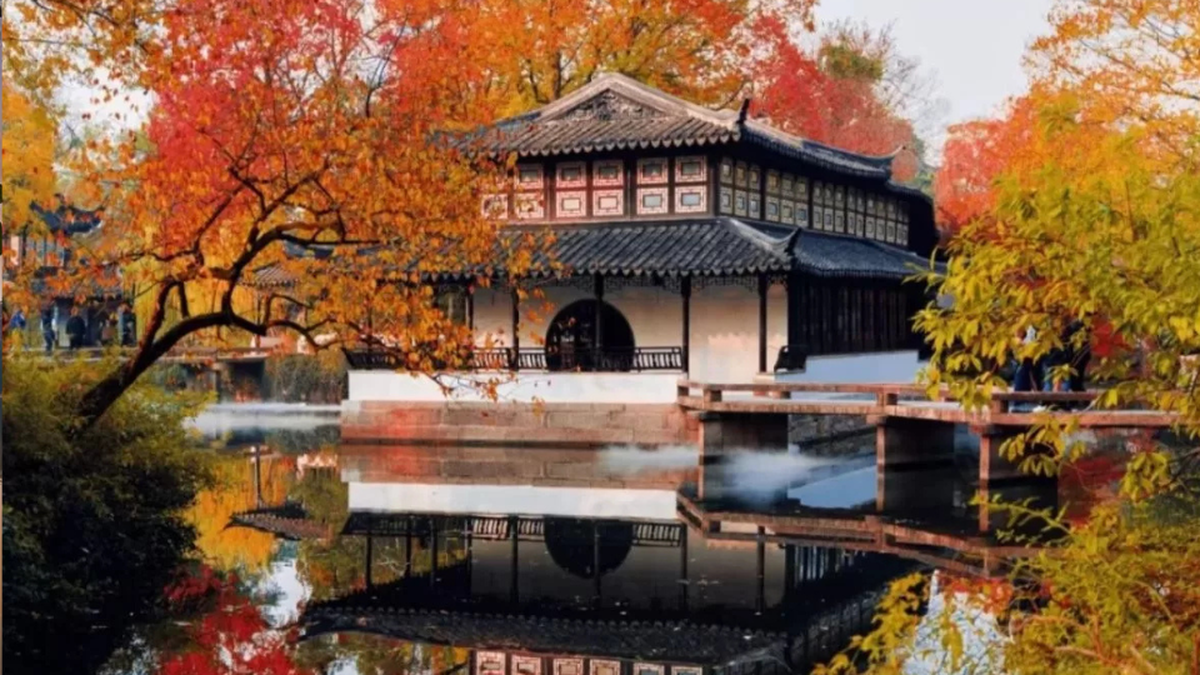











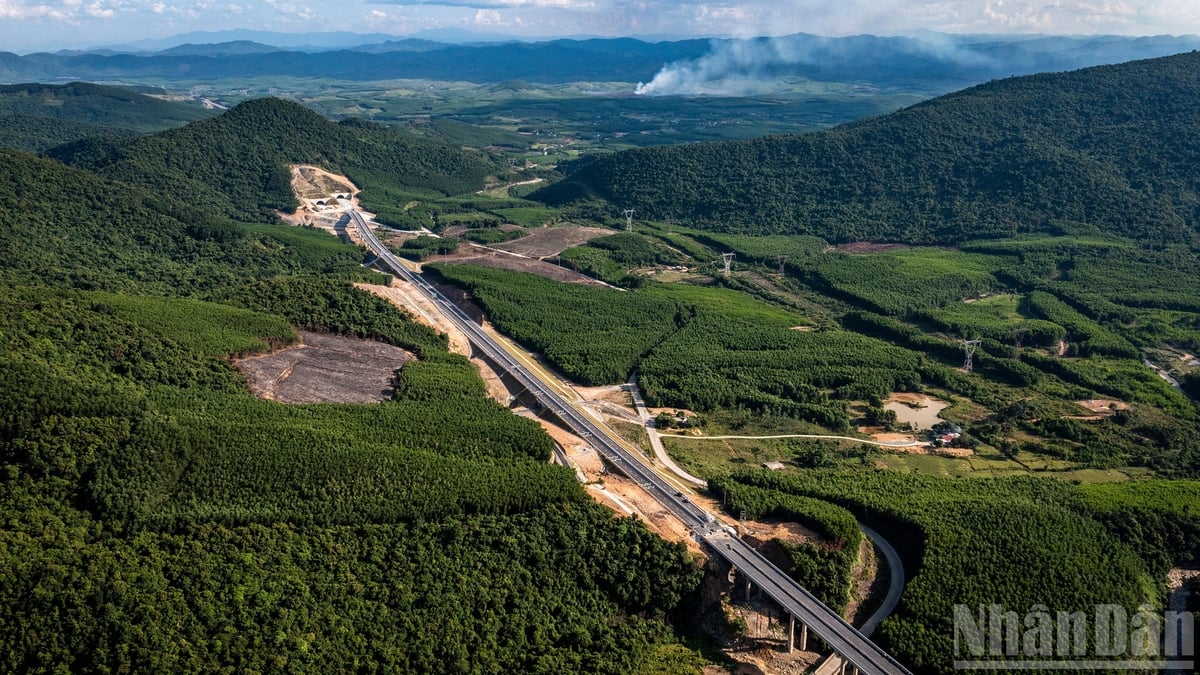
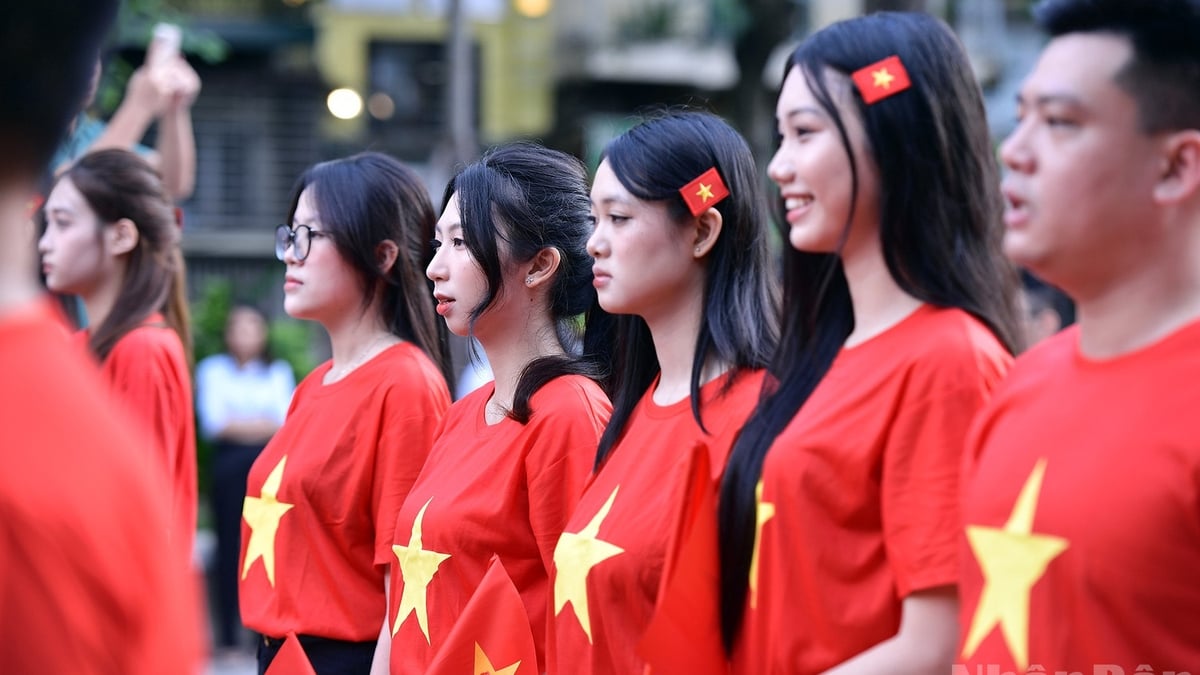






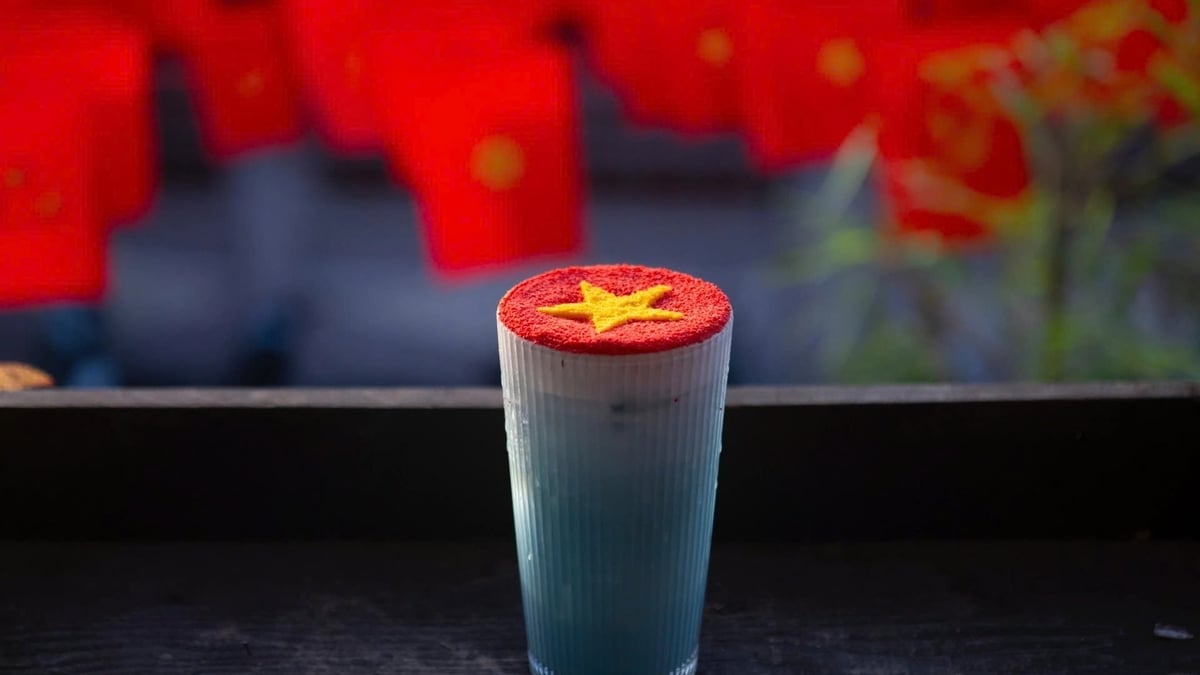
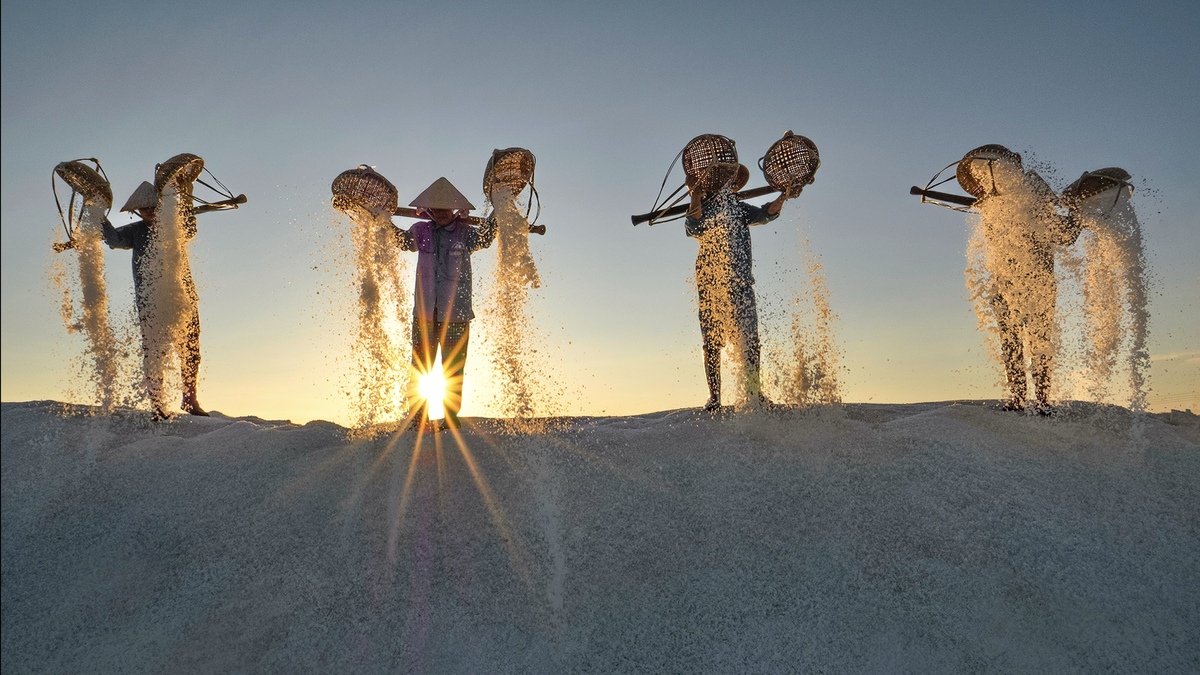




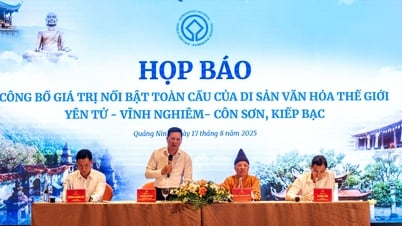

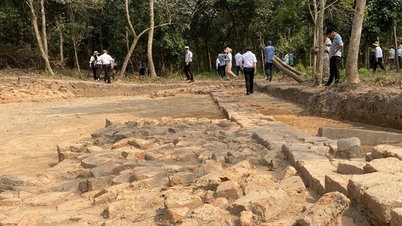



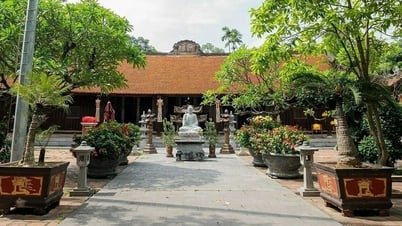


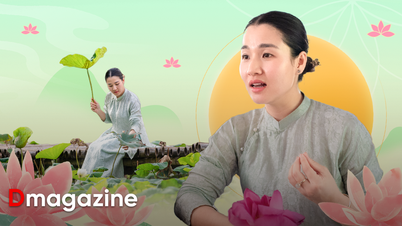

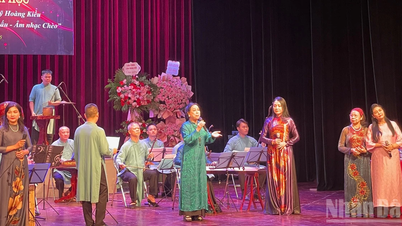









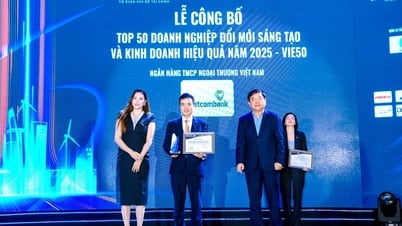


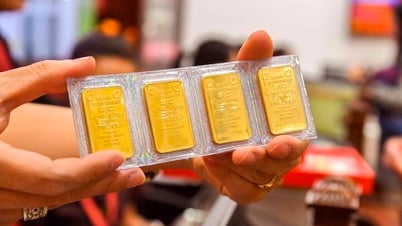

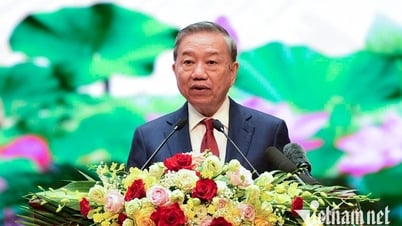

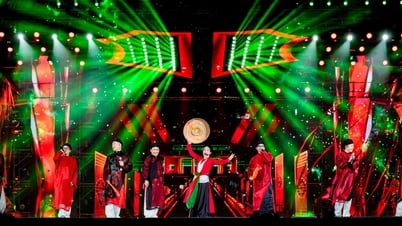








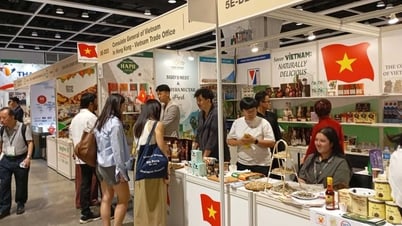


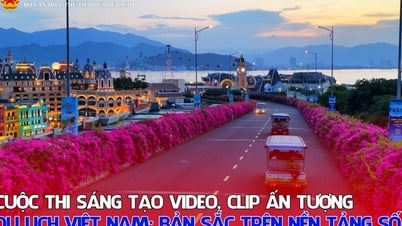
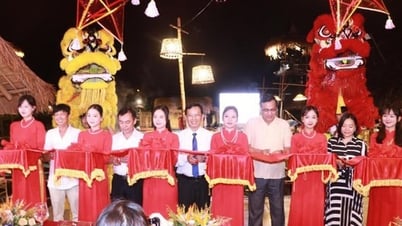







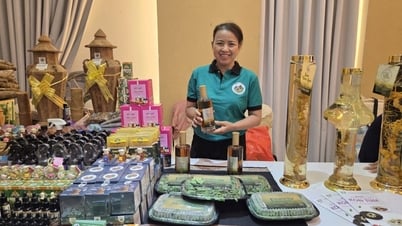

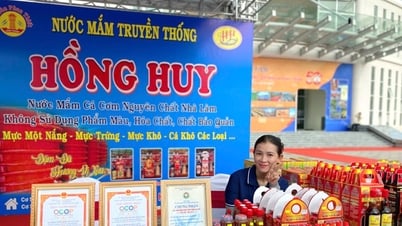







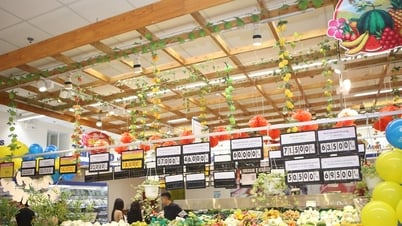


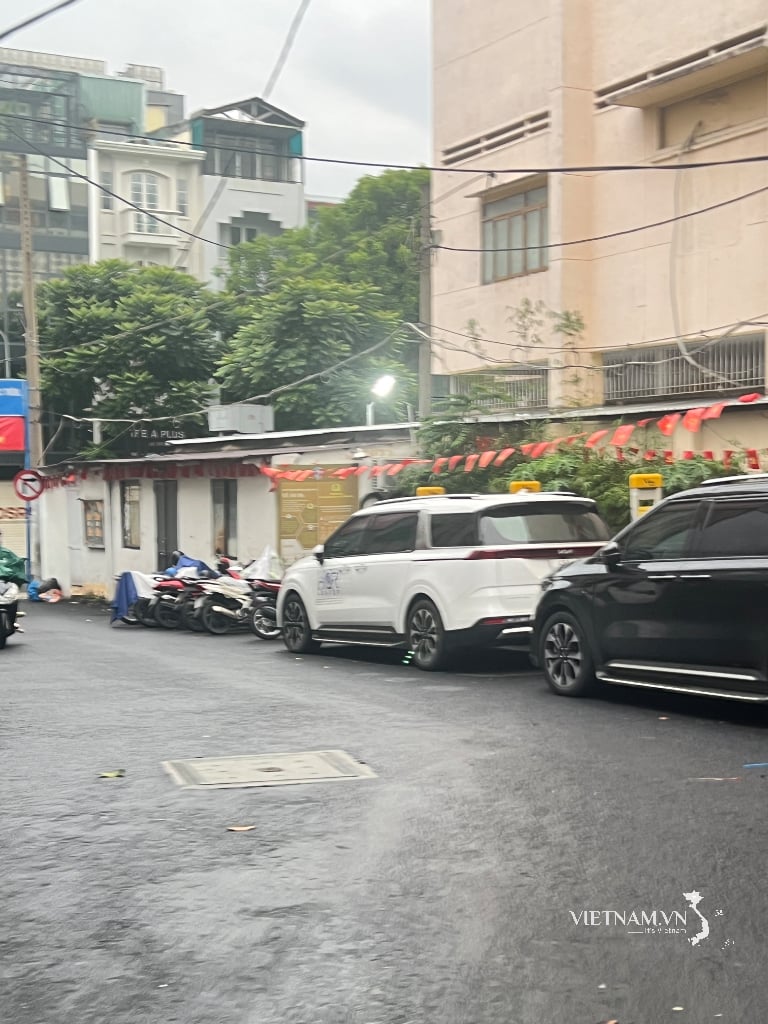
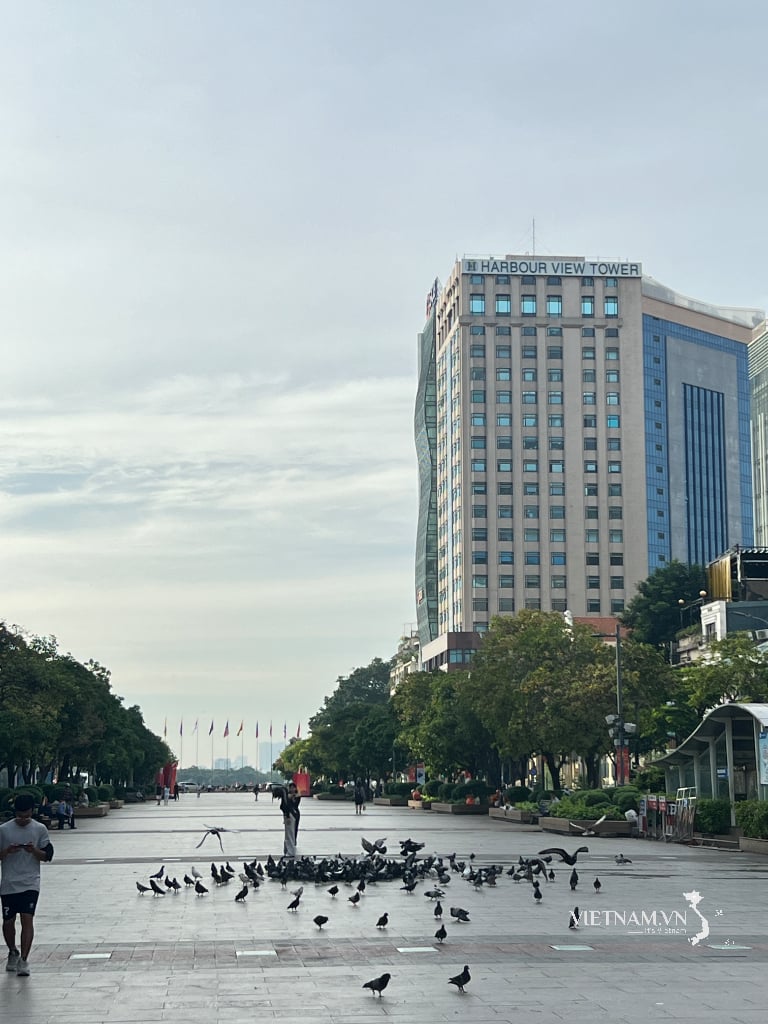
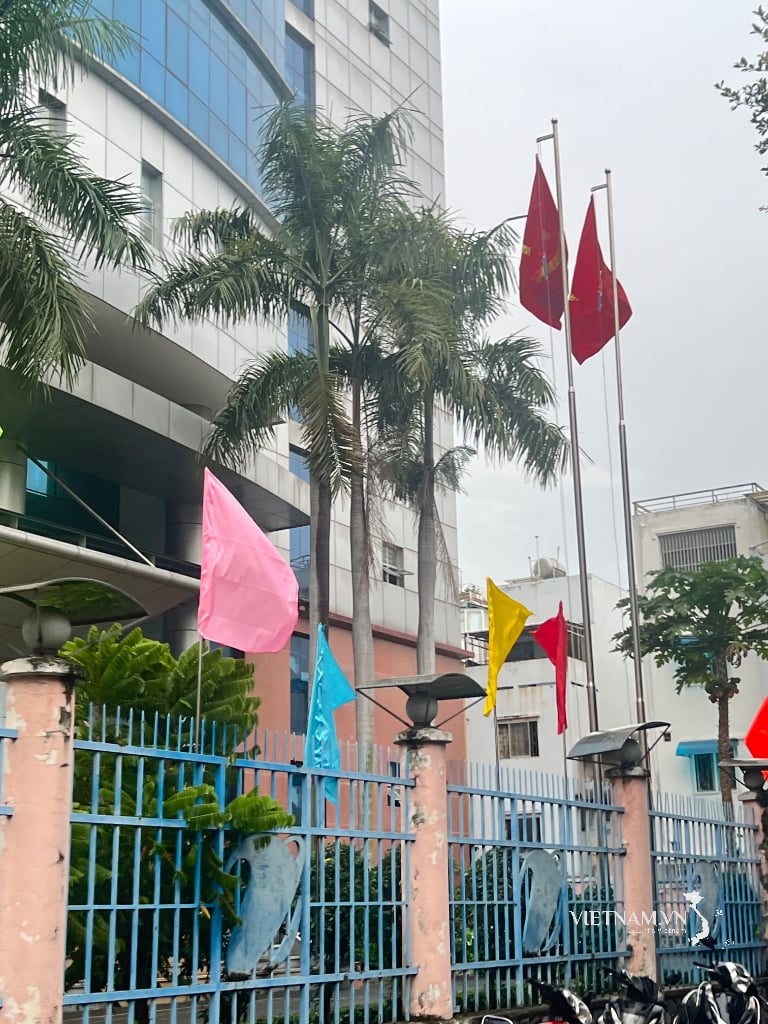
Comment (0)